
I’ve been trying for some time to track down the new Babies documentary trailer, after first seeing it before Where the Wild Things Are. I remembered feeling troubled by the way the film other-izes and makes cute foreign lifestyles and traditions.
I’m not trying to be curmudgeonly and express distaste for everything, but it feels odd when everyone in the theater is laughing at African and Asian babies (“Ha ha, they’re fighting” and “Ha ha, they have a goat that’s drinking the bath water”) while the whiter babies are simply seen as adorable, as normal.
It doesn’t look like this was the intention of the film or the trailer, but – when we’re filming & editing from a westernized position (I believe the film is French) – these biases arise unintentionally.
I think the trailer will have to be online soon. In the meantime, I snapped a bunch of pics in the theater as I watched Fantastic Mr. Fox as if I were some bootlegger trying to peddle wares in the LA Santee market.
Check out the contrast in depiction of lifestyles (yes, perhaps this is partly the point of the film, but doesn’t it make it even more problematic?). Enjoy.
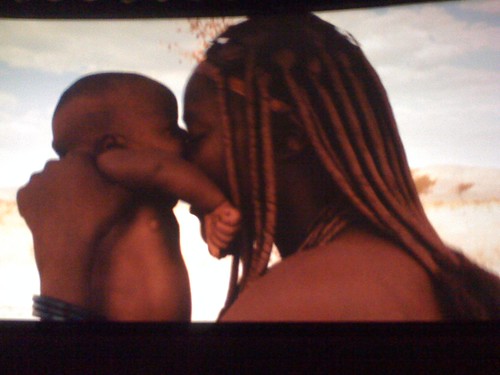
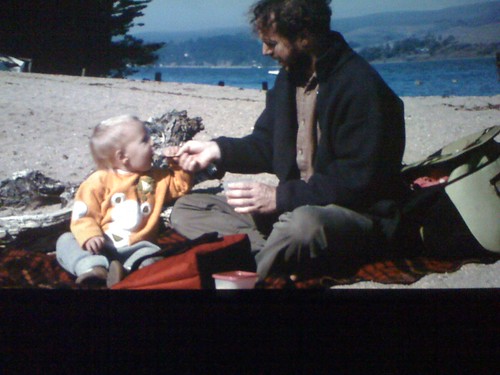
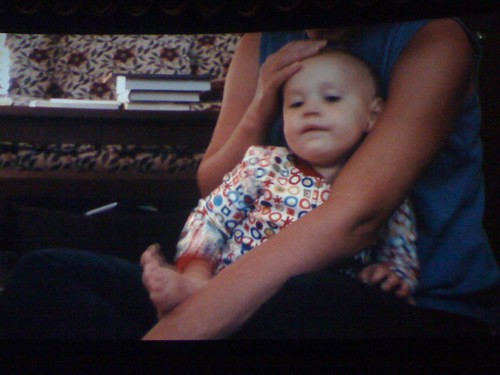
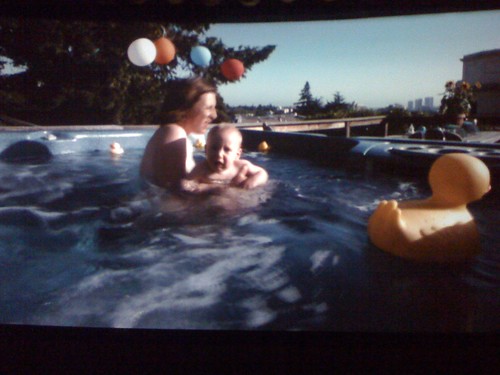
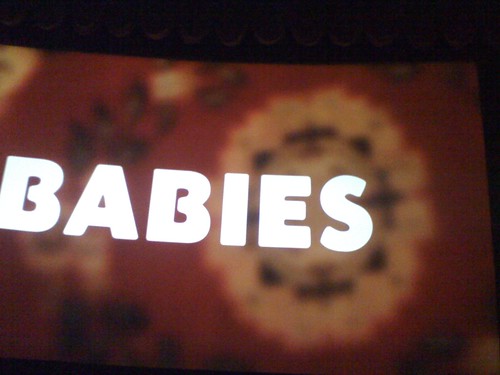

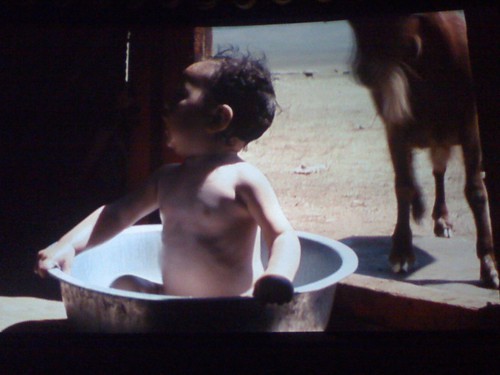
Ahh, the Others syndrome. Knee deep in reviewing Lost season 3, as both background company while I clean and prepping for season 5 release. . . and it’s that underrated season which (possibly not intentionally) showcases how we wrap ourselves with the familiar in order to distance the unfamiliar. It brings to mind our classrooms, and how many “others” our students delineate and then use to define themselves, i.e. “I’m not this, or I’m not that, I’m not like them.” At times the adults are the Others, other times it is the students that they never choose to work with. The center for non-violent parenting and education points to our human needs for security and understanding. When misplaced or shortsighted, that need separates us from other things for the sake of simplicity. When we plant seeds in cracks and water them with regularity, then the chasm created seems natural and not our fault nor for us to cross. What steps can be taken first to bring recognition to our created distance (sympathy) before enabling those around us to cross that distance (empathy) and use similarity and difference together for definition?
Here’s the trailer: http://www.slashfilm.com/2009/11/26/thomas-balmes-documentary-babies-movie-trailer/
Your argument is definitely what I’ve been researching concerning the Other and media. As cute as the idea of babies from all over the world, we have a definite grammar of the Other in media, conscious or not. And by book ending the trailer with the “exotic” he proves that he’s definitely part of keeping that grammar alive and well. Obviously there are differences, culturally between people, but I feel it’s a poor choice on his part.
Also, it would have been interesting if he would have spun the idea on it’s head and the family from Namibia were white and the family from San Franciso were black. We’re making these assumptions about race and geographical representation. From past experience I’ve had international friends explain to me that being American means being white ergo I wasn’t seen as American. Being European means being white. Media representation keeps these ideas alive.
I wonder how different the trailer would play if the film were directed by a non European. Balmes (he is French) has an anthropological background, which for me means he should know the perils his facing. I’ve not been able to find more than his assertion of his “anthropological background.” I’ve not seen any of his films, so I can’t speak to this being his modus operandi or not.
I found this interview of him and Chris Lydon. He makes great points about mass media and the democratization of media. His comments about American culture seems very blanketed. http://www.radioopensource.org/thomas-balmes-on-documentary-democracy/
BBC Interview
http://www.bbc.co.uk/bbcfour/documentaries/storyville/thomas-balmes.shtml